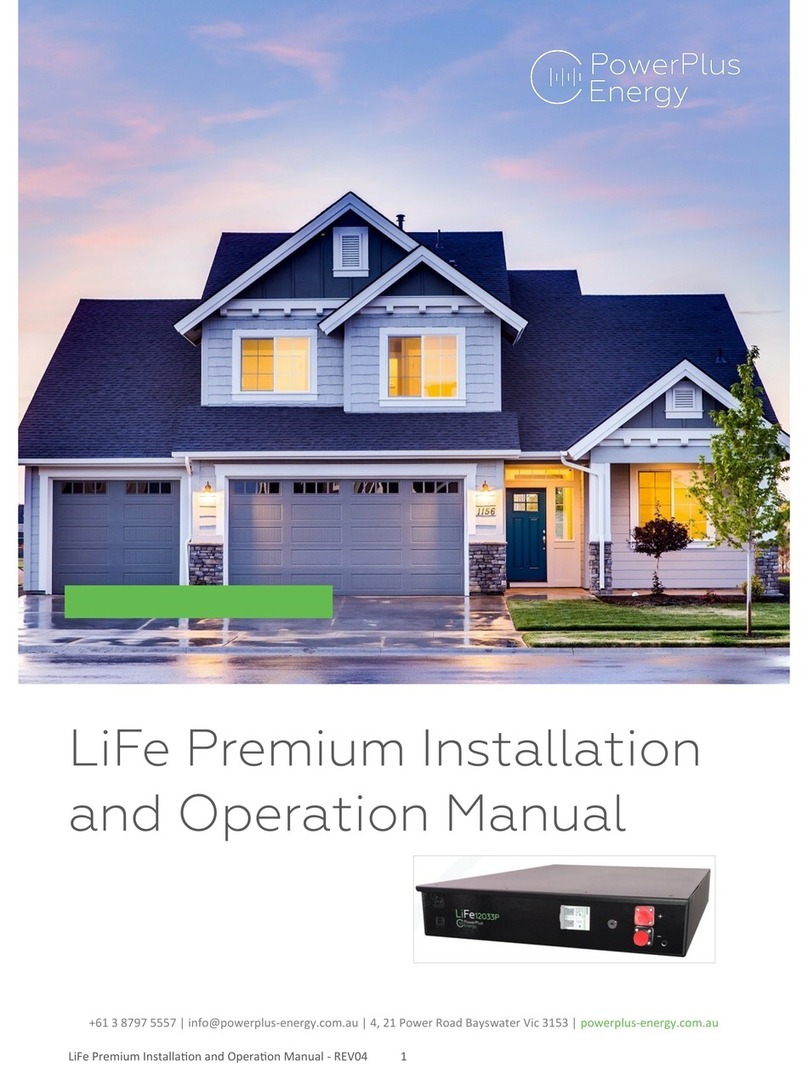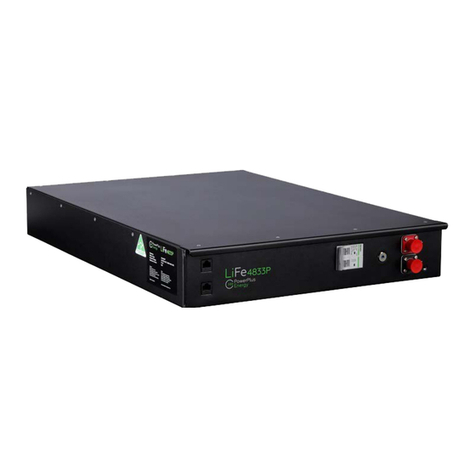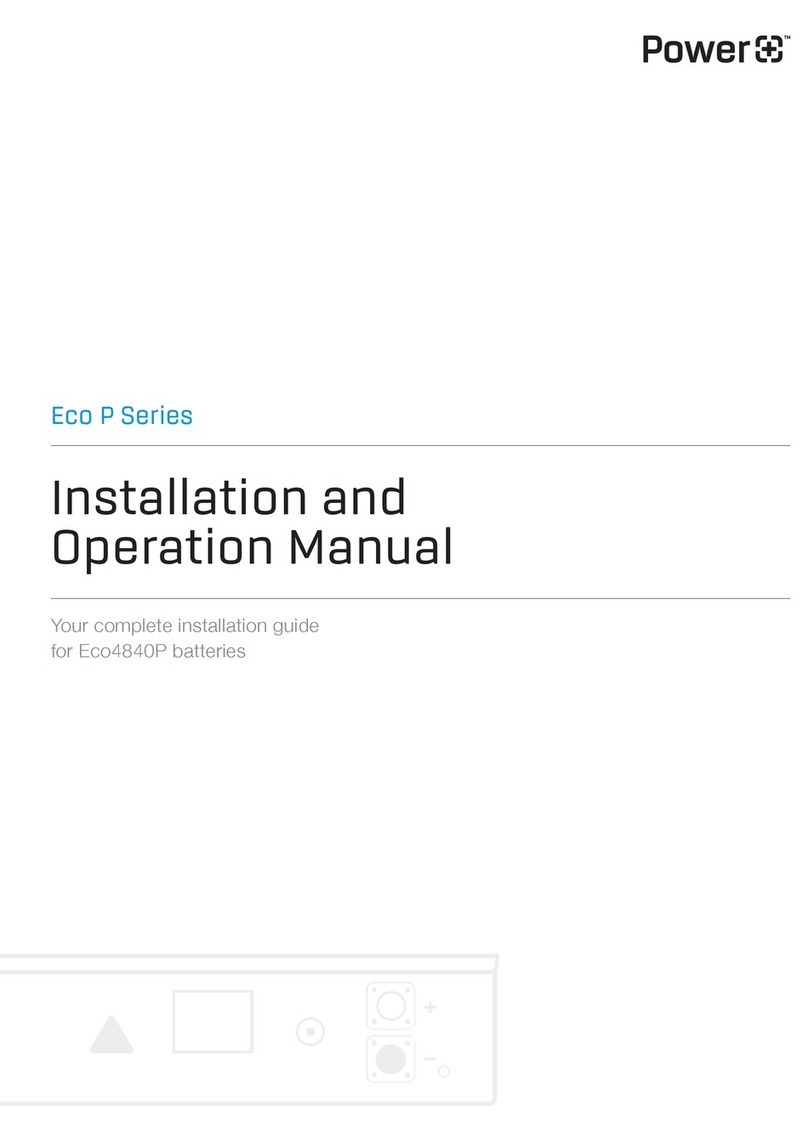
LiFe4838P Installation and Operation Manual V2.1 (19/04/2023) Page of
1 Introduction .................................................................................................................................................... 5
2 Glossary .......................................................................................................................................................... 6
3 Safety .............................................................................................................................................................. 7
3.1 Transportation ...................................................................................................................................... 7
3.2 Basic Safety ........................................................................................................................................... 7
3.3 Handling ................................................................................................................................................ 8
3.4 Storage of the Battery ........................................................................................................................... 8
3.5 Life Support ........................................................................................................................................... 8
3.6 Damaged Battery .................................................................................................................................. 8
3.7 Fire ........................................................................................................................................................ 9
3.8 Qualified Person (Installer) ................................................................................................................... 9
3.9 Wet Battery ........................................................................................................................................... 9
4 Product Information ..................................................................................................................................... 10
4.1 Introduction ........................................................................................................................................ 10
4.2 Weight and Dimensions ...................................................................................................................... 10
4.3 Label and Symbols ............................................................................................................................... 11
4.4 Front Panel .......................................................................................................................................... 11
4.5 Specifications ...................................................................................................................................... 12
4.6 DC Circuit Breaker Characteristics....................................................................................................... 13
4.7 Certification / Compliance .................................................................................................................. 13
5 Installation .................................................................................................................................................... 14
5.1 Packing Items ...................................................................................................................................... 14
5.2 Location and Environment .................................................................................................................. 14
5.3 Battery Installation .............................................................................................................................. 15
5.4 Battery Connections ............................................................................................................................ 17
6 Battery Operation ......................................................................................................................................... 19
6.1 Status LED............................................................................................................................................ 19
6.2 DC Circuit Breaker ............................................................................................................................... 20
6.3 Charging and Discharging .................................................................................................................... 20
7 Troubleshooting............................................................................................................................................ 23
7.1 Over-Discharged Battery Recovery ..................................................................................................... 24
8 Maintenance ................................................................................................................................................. 25
9 Upgrading Battery Capacity .......................................................................................................................... 26
10 Capacity Testing the Battery ......................................................................................................................... 27
11 Compatible Inverters .................................................................................................................................... 28
12 End of Life ..................................................................................................................................................... 29



































